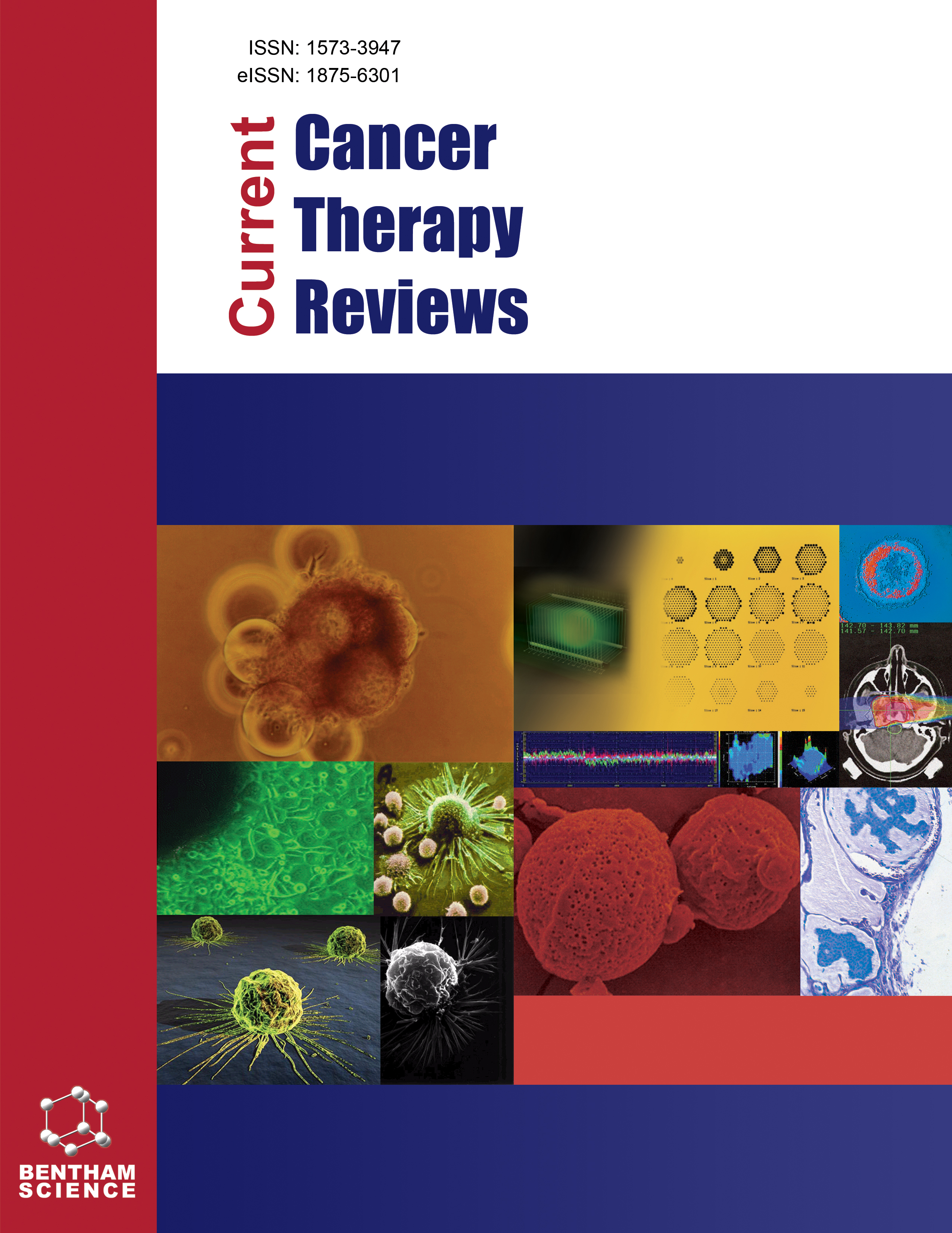
Full text loading...

Recent advances in CRISPR–Cas9–based genome editing have revolutionized cancer immunotherapy by enabling precise and efficient T-cell engineering. This review focuses on how CRISPR-mediated modifications enhance T-cell functionality, highlighting key applications, such as CAR-T cells and TCR-engineered T-cell therapies. By selectively targeting immune-regulating genes, CRISPR empowers T cells to recognize and eliminate tumor cells with greater specificity and reduce off-target effects. This precision opens the door to personalized treatment strategies, allowing T cells to be tailored to each patient’s unique tumor profile. Furthermore, the ability to rapidly and systematically edit multiple gene targets has accelerated the development of more potent and durable T-cell therapies, overcoming some of the current limitations in cancer immunotherapy. Overall, CRISPR’s transformative potential of CRISPR provides a platform for next-generation patient-centric cancer treatments, paving the way for improved clinical outcomes and expanded therapeutic options.

Article metrics loading...

Full text loading...
References


Data & Media loading...